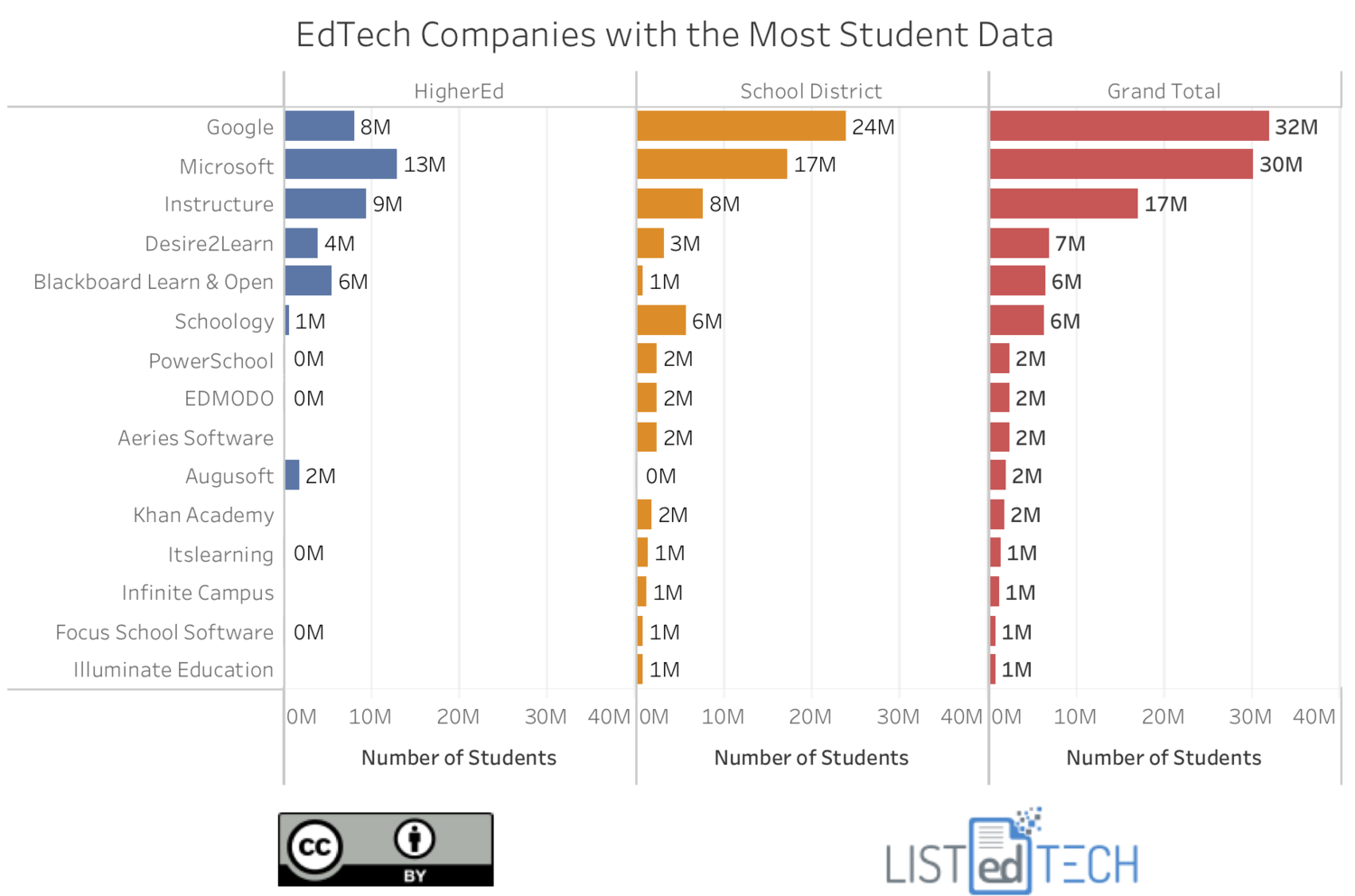Contributing to Social Media in the Context of FIPPA
If while working, a teacher posts photos of their vacation on a social networking profile, it is unlikely those photos would be considered to be “in the custody or under the control of” the school. By contrast, if the teacher posts photos of people reading in their classroom on a social networking page, it is likely those photos would be considered to be in the custody or under the control of the school. FIPPA stands for Freedom of Information and Protection of Privacy Act. This is the privacy act for public bodies. PIPA is the act for corporations, non-profits, etc. In British Columbia, we have an Office of the Information and Privacy Commissioner of BC, where you can learn the legislation that exists about how to handle information and privacy for a) individuals, b) public bodies (like educational institutions or health units), and c) organizations in the private sector.
Using Social Media for Teaching in the Context of FIPPA
Where students may be required to upload, use or share personal information on social media as part of a class project or assignment, educators should provide students (and/or parents) with written notice of the purpose of the project or assignment, the technology to be used, what personal information may be required, why, the authority for requiring it and the potential uses of the information. WordPress is an example of a social media, though it is not in the same vein as X or Instagram. It is an open source software that is either hosted by a corporation like WordPress.com as a service or it can be downloaded and installed on a server. In our case, it is installed in Canada, and in our province, on BC Educloud (hosted by BCnet which is a collaboration of post-secondary IT CIOs and staff). If you consent to create a blog, you then have to decide if you wish to be public or private. Similarly, what personal information you include. For example, you can use a pseudonym or your actual name.
FIPPA Process Example (consent)
In public settings, educators should also obtain their students’ informed consent for any collection, use or disclosure of their personal information. Informed consent is typically requested and provided in written form and should be obtained after students have been made aware of the reasons, purposes, methods and implications for requiring their information. If students opt out, the educator should provide an alternative.
It is important for educators to take the time to educate students about privacy. Since most social media web sites, services and applications permit quick, easy, wide and usually irretrievable dissemination of personal information, educators serve their students well by providing them with key information about relevant privacy laws, practices and tools that students can use to better protect themselves online. Staying Safe on Social Media – Government of Canada
Banner Top Photo by Matthew Henry on Unsplash


Leave a Reply